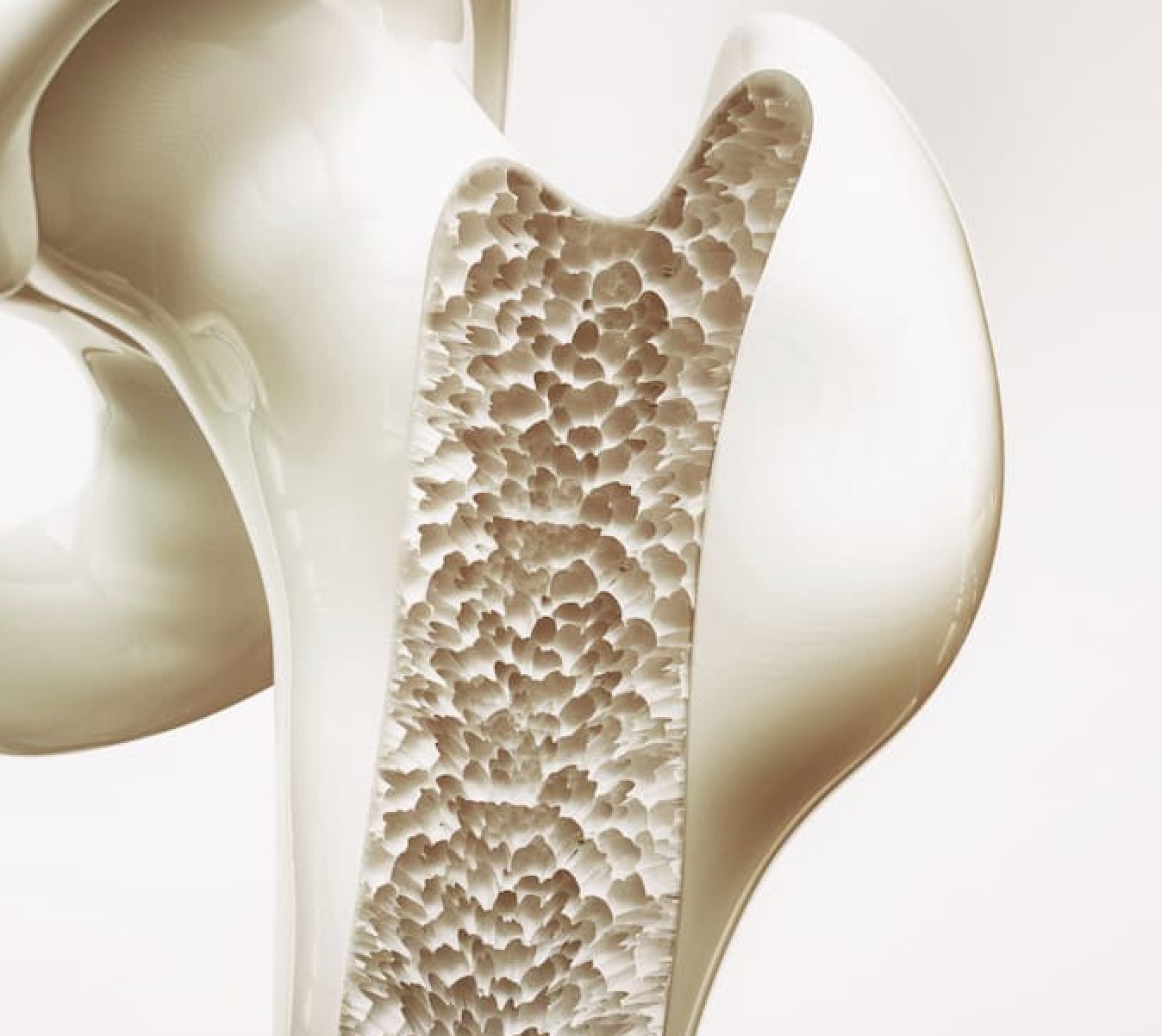News
Article
Hemoglobin Levels Associated with Bone Density in Patients with T2D
Author(s):
A new analysis cites relatively high hemoglobin levels as a protective factor for bone quality in patients with type 2 diabetes.
Credit: Adobe stock/Crevis

A new study identified an association between hemoglobin levels and bone mineral density (BMD) and 10-year fracture risk among a population with type 2 diabetes (T2D).1
Results from the cross-sectional study revealed that high hemoglobin levels protected bone quality in an older male population with T2D, but lower hemoglobin levels were associated with lower BMD and high future fracture risk in a non-older female population with T2D.
“We found for the first time that hemoglobin level was positively correlated with BMD in patients with T2D and that hemoglobin level was an independent influencer of BMD,” wrote the investigative team led by Jin Xu and Yan-man Zhou of the department of nephrology at Shandong Provincial Hospital affiliated with Shandong University. “Interestingly, this phenomenon exists only in older men and non-older women.”
Osteoporosis is a disease characterized by lowered bone density and weaker, more fragile bones—people with diabetes experience an increased risk of osteoporosis, particularly in Asian populations.2 The incidence of anemia is also higher in people with T2D compared with the general population. Previous research has identified an association between anemia and osteoporosis in people with T2D, regardless of sex and without stratification by age.3
This cross-sectional study investigated the association between hemoglobin levels and bone quality after stratifying the analysis by age and sex in a population with T2D.1 Patients aged ≥18 years with T2D hospitalized at the study center from October 2021 to June 2023 were analyzed. Blood samples were obtained from each participant after an 8 to 12-hour fasting period and sent to a certified hospital laboratory for analysis of biochemical indices.
For the analysis, BMD of the femoral neck (FN), total hip (TH), and lumbar spine (LS) were measured using dual-energy X-ray absorptiometry. Investigators used a fracture risk assessment tool (FRAX) to estimate the 10-year probability of fractures, including major osteoporotic and hip fractures in each participant. Xu and colleagues used a generalized additive model (GAM) to assess the non-linear relationship between hemoglobin and BMD and the fracture risk.
Overall, 641 participants (371 male and 270 female) matched the inclusion criteria and were included in the analysis. The population had a mean age of 56.03 years and a mean hemoglobin A1c level of 9.11 ± 2.14. Compared to patients without osteoporosis, individuals with osteoporosis were older and had lower hemoglobin levels.
Upon analysis, compared to those without anemia, individuals with anemia had significantly lower FN BMD, particularly among men and non-older women. Meanwhile, TH BMD was significantly lower in older men (≥55 years) with anemia and higher in anemic non-older men (<55 years) but not in female patients. The final BMD measurement, LS, was significantly lower in older men.
Xu and colleagues suggested the effects of hemoglobin levels on bone health in patients with T2D may be influenced by age and sex. They performed Spearman’s correlation analysis to assess associations between hemoglobin and BMD and 10-year probability of fractures in each participant.
In the population with T2D, the team observed a positive correlation between hemoglobin levels and BMD at all sites and a negative correlation between hemoglobin and 10-year fracture risk probability of major osteoporotic fractures and hip fractures.
Older men exhibited a positive correlation between hemoglobin levels and FN and TH BMD, with no correlation in non-older men. Among the non-older female population, hemoglobin levels were positively associated with all BMD and negatively associated with 10-year fracture risk probability. These associations did not exist in the older female population.
After performing a GAMs analysis of the association between hemoglobin levels, BMD, and fracture risk, Xu and colleagues identified a positive linear association between hemoglobin level and BMDs in non-older female patients but not older male patients.
“In non-older female patients with T2DM, the association between hemoglobin levels and BMD was linearly positive, and the association between HGB levels and major osteoporotic fractures and hip fractures showed a non-linear correlation with major osteoporotic fractures and hip fractures,” they wrote.
References
- Li RX, Xu N, Guo YN, et al. Hemoglobin is associated with BMDs and risk of the 10-year probability of fractures in patients with type 2 diabetes mellitus. Front Endocrinol (Lausanne). 2024;15:1305713. Published 2024 Jan 22. doi:10.3389/fendo.2024.1305713
- VilacaT,SchiniM,HarnanS,SuttonA,PokuE,AllenIE,etal.Theriskofhipand non-vertebral fractures in type 1 and type 2 diabetes: A systematic review and meta- analysis update. Bone (2020) 137:115457. doi: 10.1016/j.bone.2020.115457
- Cui R, Zhao Z, Fei Z, Li Y, Gao W. Anemia is related to osteoporosis in Chinese type 2 diabetic patients. Arch Osteoporosis (2021) 161:161. doi: 10.1007/s11657-021-01030-4





